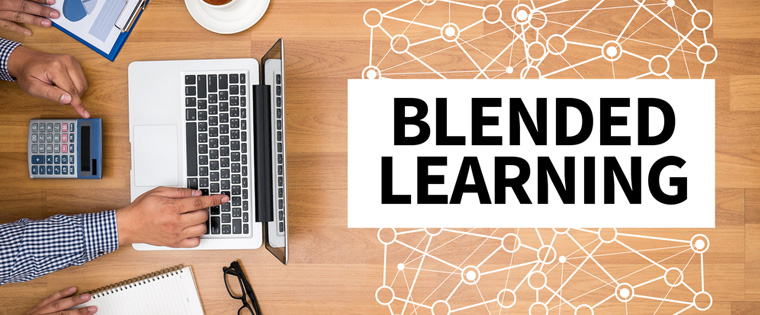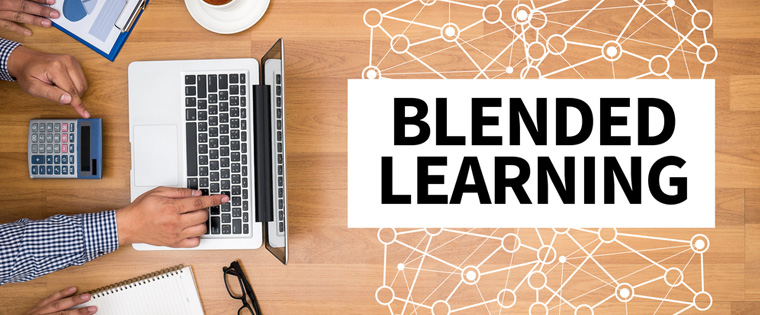Give Social Learning a Boost with a Blended Approach

Many organizations have opted for a Blended Learning strategy because of its dual prowess. It performs the unique task of connecting our traditional learning mindset with today’s digital world. You can create a program that has something for all types of learners by including various combinations of digital and classroom learning elements. Hence, using a blended strategy, you can widely increase the reach of your training program. One such crucial learning methodology that blended learning can incorporate is social learning.
Social learning is based on the principle that people learn through observing and interacting with others. Social learning promotes development of hands-on practical skills among learners. It also heightens the bond between employees and improves their communication skills, all the while increasing the quality of your organization’s learning program. Here’s how your blended strategy can help you make most of social learning:
Arrange Peer Connects
This is the most basic form of social learning that you can promote through your blended strategy. Allocating specific classroom time slots for employees to connect with each other can greatly facilitate the exchange of practical knowledge. Connecting with peers can also help employees resolve any challenges that they might face while performing their jobs.
Employees can also enhance each other’s performances by sharing useful tips and new techniques. In case such a group has experienced industry veterans, they can mentor the entire session and validate all the information that floats around. This can also be done online through an LMS or learning management system, making mentoring easier.
Flipped Classroom
In a traditional classroom, an instructor undertakes a session and gives out assignments for learners to do at home. A flipped classroom works in the opposite way. It gives out assignments and learning material before the classroom session. When students come into the classroom, they are already aware of the topic rather than being blank, as in the case of the traditional approach.
This allows learners to actively participate in the learning process by asking for help with difficult sections, seeking clarifications, or digging deeper into a topic. Rather than being just a passive-listening session, this promotes learner-learner and learner-instructor interactions. Social learning does occur in a traditional classroom, but a flipped approach adds a new level to it.
Role-Playing Games
What better way to train employees for practical circumstances than to emulate one right there in the classrooms? Creating engaging and entertaining role-playing games can be a great way to give employees insights on what lies for them in the real world. Give employees a basic situation to work with, and allow them to come up with their own unique solutions.
Other learners can give constructive feedback on each participant’s performance, choices, and decisions. You can also include experienced members of your team to add greater realism to these scenarios. This social learning approach not only increases the subject knowledge of employees but also boosts their communication and other soft skills.
Game-based Content and Gamification
Using games that help develop work-based skills is the basis of game-based content; while applying gaming elements such as scores, targets etc., to your digital learning content can be termed as gamification. Both these approaches have one thing in common: they invoke a spirit of competition among learners. Since these approaches utilize a centralized scoring system, milestone completion, and sharable leaderboards, they help employees review their performance against that of a peer. This is an indirect form of social learning as it pushes employees to do better in their learning efforts.
Online Discussion Forums and Social Media
This is the strongest form of digital social learning. Having online discussion forums can ensure that learners can clear their doubts or get into meaningful interactions at any point during their day. It also opens a wide base of worldwide subject matter experts and industry leaders to your learners.
Using social media for learning is a great way to give the entire learning process a much lighter feeling. As social media is generally construed as fun, learners won’t think twice before using it to enhance their subject knowledge. It boosts the effectiveness of your learning program by filling the gaps that your content might leave behind. A blended approach is the best way to ensure that enough scope is allowed for social learning to shine.





